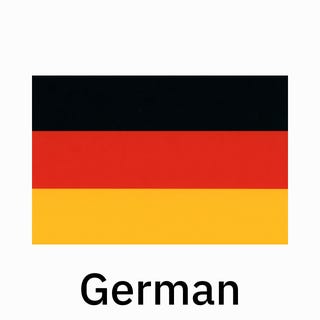Now, for German numbers from 1 - 12
The first 12 numbers in the German language consist of a single word, making them easy to memorise. Let’s take a look at how they are pronounced.
| Number | German | Pronunciation |
| 0 | null | nul |
| 1 | eins | ains |
| 2 | zwei | tsvai |
| 3 | drei | drai |
| 4 | vier | feer |
| 5 | fünf | fiunf |
| 6 | sechs | zejs |
| 7 | sieben | ziben |
| 8 | acht | ajt |
| 9 | neun | noin |
| 10 | zehn | tsen |
| 11 | elf | elf |
| 12 | tsvelf | tsvelf |
German numbers from 13 to 19
Each numeral between 13 and 19 ends in zehn (which, as we now know, means 10), and begins with its unit (3, 4, 5, 6, 7, 8, 9). For example, 13 is drei (3) plus zehn (10), joined together is dreizehn.
Let’s put this into action:
| Number | German |
| 13 | dreizehn |
| 14 | vierzehn |
| 15 | fünfzehn |
| 16 | sechzehn (note that the S for sechs is removed) |
| 17 | siebzehn (note sieben's EN disappears) |
| 18 | achtzehn |
| 19 | neunzehn |
German numbers from 20 – 100

Between 20 and 100, all the numbers end with ZIG (pronounced tsig). As with 13 to 19, we will also add the corresponding numbers 2 – 9 to the beginning.
You will notice that there are also some spelling differences from the single numeral spelling to the plural spelling. For example, the number 20 or zwanzig is pronounced tsvantsig, while 30 has a ß, which visually resembles the letter B, although it is more like the letter S.
Now, let's start by jumping in increments of 10.
- 20 - zwanzig
- 30 - dreißig
- 40 - vierzig
- 50 - fünfzig
- 60 - sechzig (watch out for the othergraph, the S for sechs, it gets lost here)
- 70 - siebzig (here we will omit the letters ‘EN’ from sieben)
- 80 - achtzig
- 90 - Neunzig
What about the intermediate numbers?
We follow the same logic we used from 13 to 19, with one difference: from 21, we will have to add the conjunction ‘und’, which means ‘and’.
The intermediate numbers between 20 and 100 follow the pattern: one and twenty (21), two and thirty (32), four and forty (44), eight and sixty (68) and so on.
- 21 - einundzwanzig (ein = one, und = and, zwanzig = twenty)
- 32 - zweiunddreißig (zwei = two, und = and, dreißig = thirty)
- 44 - vierundvierzig (vier = four, und = and, vierzig = forty)
- 68 - achtundsechzig (acht = eight, und = and, sechzig = sixty)
- 76 - sechsundsiebzig (sechs = six, und = and, siebzig = seventy)
- 99 - neunundneunzig (neun = nine, und = and, neunzig = ninety)
- The last number we’ll be covering today is 100. A very distant cousin to the English one hundred, the German number is pronounced ein hundert.
Strategies for practicing German numbers
- Find a video or audio online of a fluent speaker counting in German, then record yourself saying the same numbers and compare the recordings. This will help you understand which numbers you already pronounce well and which ones you need to work on.
- Make to-do lists and number your tasks in German (nothing beats putting language into action).
- Watch German movies in their original language (at first with English subtitles) so that you get used to the flow and sound of the language.
- Stuck in traffic? Why not read car license plates and translate them into German to pass the time.
- Gamify the experience and make it fun! Find number games online like Digital Dialects or pick up a book of sudoku and play in German!
- Learn how to say the months and days of the week in German. Then, get a German calendar where you can visualize all the months, days and German numbers in a fun and practical way.
Expand your knowledge of German






